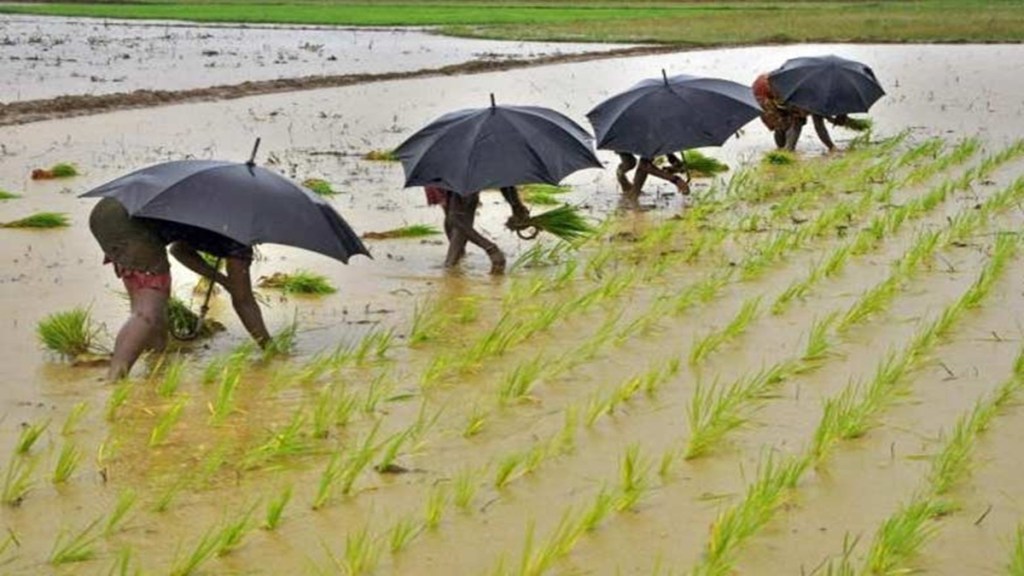Meteorologists are divided as to whether India will have a run of five consecutive years of normal rainfall during the southwest monsoon season from June to September. While the India Meteorological Department has forecast normal rainfall, the private weather forecaster Skymet expects below normal rainfall with even a 20% chance of drought. Normal means that rainfall over season is between 96 to 104% of the long period average of 868.6 mm. If the IMD is right, India will receive normal rainfall for the fifth year with overall precipitation at 96% of the LPA, while Skymet has forecast rains at 94% of the LPA. Whether the IMD or Skymet’s forecasts prove to be accurate will have a crucial bearing on the fortunes of India’s agricultural sector.
Also Read: India forecasts normal monsoon, easing concerns over growth
Agriculture’s share in the nation’s gross value added may have declined to 18.3% but 55-60 % of its contribution to the economy emanates from rain-fed crop lands. Over half the country’s net cultivable area of 141.4 million hectares is unirrigated and rain-dependent. More than three-fifths of India’s farmers cultivate crops without irrigation. Normal rainfall is a good augury for higher grains production during the kharif or summer season when crops are sown in June and July. Higher farmer incomes boost consumer demand for fast moving consumer goods, two-wheelers, tractors etc and raise overall industrial growth. If the rain gods are parsimonious with below normal or deficient rainfall, the spectre of drought and distress will haunt the countryside as in 2014, 2015 and 2017.
The differences between IMD and Skymet’s forecasts depend on the weightage they place on the important variables that influence the behavior of the southwest monsoon. One is the El Nino factor associated with the warming of sea surface waters in the central and eastern tropical Pacific Ocean which tends to weaken the southwest monsoon. El Nino conditions are “likely” to develop during the season according to forecasts, states the IMD. Skymet’s gloomier prognostications stem from its view that El Nino conditions in Asia could become dominant during the season, presaging a weaker monsoon. IMD’s director general Mrutyunjay Mohapatra has in media interviews discounted fears that El Nino would weaken this year’s monsoon and highlighted other factors that affect rains like the Indian Ocean Dipole and Eurasian snow cover.
Also Read: Coming monsoon to be below normal at 94% of benchmark: Skymet
IMD’s forecast states that positive Indian Ocean Dipole conditions—due to warmer sea surface temperatures in the western Indian Ocean and cooler sea surface temperatures in the eastern Indian Ocean—which are good for rainfall are likely to develop during the season. The Eurasian snow cover is observed to be below normal during February-March and has an inverse relationship with the monsoon.
Whether the rains are normal or below normal, the policy imperative must be to ensure that agriculture does not remain hostage to the vagaries of the southwest monsoon. The need is to build more irrigation facilities to reduce monsoon-dependence, especially for small and marginal farmers in peninsular India. This is less of a concern in the prosperous vanguard agrarian regions of the country like Punjab, Haryana and western Uttar Pradesh. For a sense of perspective, the share of irrigation in paddy growing stateslike Punjab is as high as 99.7% but as low as 31.5% in Odisha. The need is also to have contingency plans if drought conditions occur to minimise distress among the farmers.


